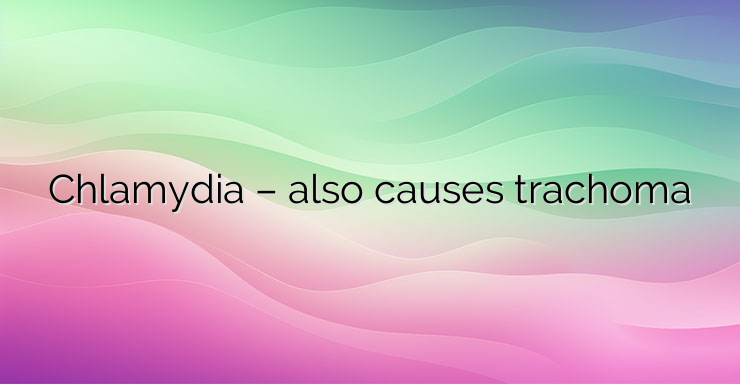1. What is trachoma? Trachoma is an infectious disease caused by the bacterium Chlamydia trachomatis. While getting the pathogen into the genital tract causes chlamydia, trachoma occurs when the pathogen gets into the eye mucosa. The severe form is characterized by roughening of the inner surface of the eyelids. Trachoma is the leading cause of blindness in the world – over 40 million people have an active infection, with over 8 million of them having vision impairment. 2. How does infection occur? Infection occurs when chlamydia gets into the eye mucosa. This happens when hygiene is not observed and the eyes are rubbed after using other people’s toiletries or contact with the body fluids of an infected partner – saliva, throat secretions, vaginal secretions, etc. 3. How does trachoma progress? Symptoms of conjunctivitis appear 5-12 days after infection. By itself, it gradually subsides. However, after several cures and reinfections, the ocular mucosa undergoes changes that affect vision. The changes are expressed in the thickening of the mucous membrane – scarification. As long as the symptoms last, it is said to be active trachoma. It is characterized by the presence of white bumps on the lower surface of the upper eyelid and watery discharge from the eyes. Secondary infection from other pathogenic bacteria also often occurs, in which pus is found around the eyes. NEWS_MORE_BOX 4. How is the diagnosis made? The diagnosis is made after an ophthalmological examination and microbiological examination, which identifies the causative agent. 5. What is the treatment? Antibiotics can prevent long-term complications if diagnosed early. Erythromycin and doxycycline are used. In more advanced cases, surgery is performed to prevent scarring. With timely treatment, the prognosis is excellent.


Leave a Reply